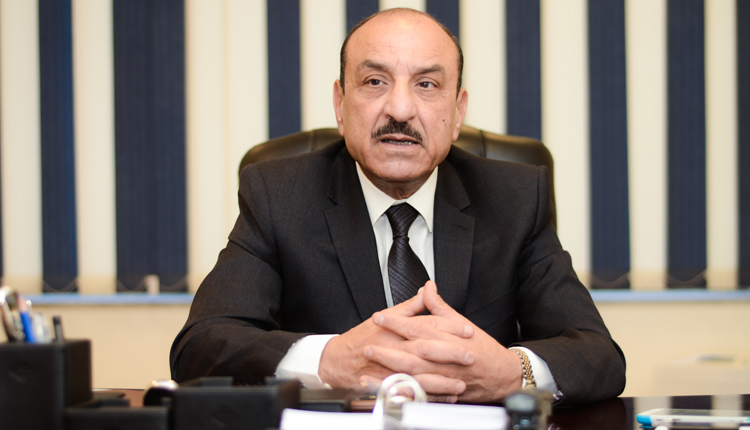Egypt’s Industrial Development bank achieves profits of EGP 512m in 2019
Egypt’s state-run Industrial Development bank (IDB) achieved profits of 512 million Egyptian pounds, before taxes, at the end of 2019, compared to 379 million pounds at the end of 2018, representing an increase of 35 percent according to its business results.
Fahmy said that the bank aims to expand the spread of new branches nationwide, as it aims to bring the number of branches to 50 by the end of 2023, as well as completing the main headquarters in the new administrative capital.
He pointed out that the bank ranked fifth in financing small and medium projects, and the sixth in real estate financing for low-income people at the level of the banking sector, as it is the top participant in financing the commodity exchange project, as well as support for both the furniture city in Damietta and Rubiky city for leather.
According to Fahmy, the bank will launch new electronic products, such as internet banking, mobile banking, and electronic wallet, pointing out that during the coming period, about 42 ATMs will be deployed to cover different parts of Egypt.
He said that the Meeza direct debit card was issued as part of the bank’s expansion plan in the field of retail banking.
Fahmy stressed the bank’s focus on subsidiaries after the restructuring of Tanmia Financial Leasing Company, which was reflected in its performance significantly.
He said that the bank participates heavily in the reemployment initiative for defaulters, in addition to a number of joint financing projects, which reflects positively on the local industry.
In mid-2019, the bank launched an initiative to finance 1,000 small and medium-sized factories and initially allocated 7.5 billion pounds to help provide 20,000 jobs.
For his part, Vice-Chairperson of the Bank Hamdy Azzam said that the bank achieved its highest growth rate in its history during 2019, as the bank’s financial position increased to 31 billion pounds at the end of 2019, compared to 24 billion pounds at the end of 2018, with a growth rate of 27 percent.
He added that the bank’s loan portfolio increased to 13 billion pounds at the end of 2019, compared to 10 billion pounds at the end of 2018, with a growth rate of 32 percent, while the regular loan portfolio increased to 12 billion pounds against 8.7 billion pounds with a growth rate of 38 percent.
Customer deposits increased to 25 billion pounds at the end of 2019, compared to 19 billion pounds at the end of 2018, with a growth rate of 32 percent. Azzam said that the non-performing loans portfolio had decreased to 1 billion pounds by the end of 2019, pointing out that these debts correspond to provisions and credit risk insurance policies


